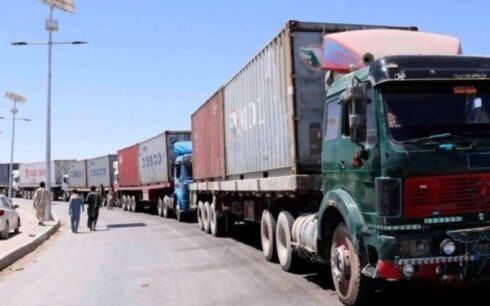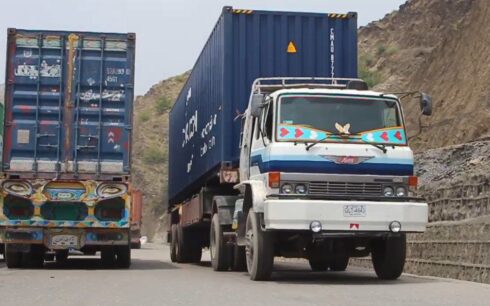A number of residents of Kabul voiced concerns regarding the persistence of stable food prices in the city’s markets, despite a recent decline in the value of the dollar compared to the Afghani currency.
In the past week, the exchange rate for one dollar hovered slightly above 75 Afghanis but reached 78.5 Afghanis on Saturday. This comes after one dollar was being exchanged for 80 to 88 Afghanis earlier in August.
Azarkhsh Hafizi, the former head of the Chamber of Commerce and Industries of the Economic Cooperation Organization (ECO), attributed the enduring poverty and diminishing purchasing ability of the people to the Afghani’s increasing value against the dollar.
“The inflow of physical dollar cash through aid packages into Afghanistan is the second reason for the Afghani’s stability,” Hafizi remarked.
Despite the decline in the dollar’s value against Afghani, this change has not translated into reduced prices for goods in Kabul’s markets, particularly essential items like food.
Sayed Masoud, an economic affairs analyst and former lecturer at Kabul University, proposed that a shortage of liquidity in local markets has artificially suppressed the dollar’s value against the Afghani.
“The reduction in the dollar’s value is advantageous if it leads to lower prices for goods. If prices do not adjust accordingly, it indicates that the dollar’s devaluation is influenced by political factors, artificially inflating the value of the Afghani in the market,” he observed.
While some shopkeepers have claimed that the Afghani’s devaluation has resulted in lower prices for certain food items, residents argue that prices have remained stable or even risen.
Nematullah, a resident of Takhar, noted, “It has been a week since the value of the dollar decreased, but prices have not decreased, and shopkeepers continue to sell goods at previous rates.”
Zakir, another resident of Takhar, concurred, saying, “Although the dollar’s value has decreased, prices have actually increased.”
This economic challenge compounds the existing dire circumstances in Afghanistan, where nearly 29 million citizens are in need of assistance. Aid organizations are grappling with budget shortfalls, leading to the rationing of aid resources, further exacerbating the humanitarian crisis.





